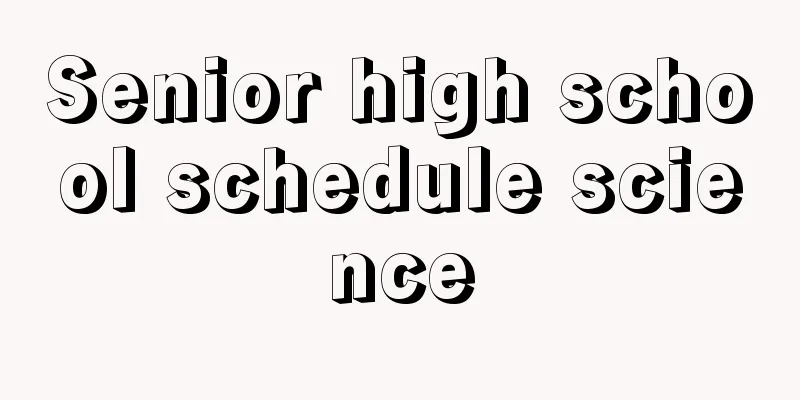What should boys with testicular dysplasia eat?

|
Boys will discover their secondary sexual characteristics as they grow up, but some people often find that their testicles are smaller than others and think that they have testicular hypoplasia. In fact, there are physiological and pathological types of testicular hypoplasia in boys. For physiological testicular hypoplasia, we can regulate it through diet. So what should boys with testicular hypoplasia eat? The three major nutrients are: 1. Sugar (carbohydrates); 2. Fat; 3. Protein; 4. Vitamins (lycopene, carrots, vitamin A, B complex, folic acid, etc.) (normal people do not need to supplement them deliberately, otherwise it may cause harm to the body); 5. Minerals; 6. Dietary fiber (don't ignore this). Eat a balanced diet. Clinically, we often encounter adult men whose testicles are smaller than normal, and they are worried that it will affect their fertility. In fact, small testicles also have physiological and pathological differences. Physiologically small testicles generally do not affect fertility as long as sufficient normal sperm can be produced. There are many reasons for pathological testicular shrinkage, the most common of which are chronic wasting diseases, endocrine disorders (hypothyroidism, hypopituitarism), persistent high fever, taking large amounts of female hormones, viral orchitis (such as mumps complicated with orchitis), testicular syphilis, etc. All of these conditions can cause the testicles to shrink, becoming smaller than normal. Pathological testicular atrophy and reduction in size is usually due to the involvement of spermatogonia or spermatocytes in the seminiferous tubules. When these cells atrophy and cannot grow sperm, or are damaged and cannot produce normal sperm, the testicles atrophy and decrease in size. In addition, it is often accompanied by infertility; however, because the interstitial cells that secrete male hormones are less involved, it generally does not affect the development of male reproductive organs and male secondary characteristics (such as beard growth, lower voice, prominent Adam's apple, muscular development, etc.). From the actual clinical situation, it is rare for severe testicular atrophy to lead to infertility. Whether testicular atrophy is accompanied by fertility dysfunction can be determined by a semen microscopy examination. If the sperm count per milliliter of semen is less than 20 to 60 million, and their motility is reduced and their morphology is abnormal, infertility should be considered. Some boys are born with underdeveloped testicles, but because they are shy and don't want others to know, they have never told their families. This is a very dangerous thing. If a boy has underdeveloped testicles, he should go to the hospital for examination in time to see if it will affect fertility. If it does affect fertility, timely treatment should be taken. |
<<: Reasons for hair loss in 3-year-old babies
>>: Methods of preventing children's diseases in spring
Recommend
What to eat when a child has stomachache
Many children are too young and ignorant, and do ...
Can babies get the chickenpox vaccine if they have a fever?
When the baby feels unwell, parents must relieve ...
Is it okay for a child to stand upside down?
Handstand is a common movement. Many children nee...
A bump on the head
For children, there are always times when they ar...
One month old baby has yellow discharge from the ears
The organs of a newborn baby are not fully develo...
What to do if the baby's temperature is low after the fever subsides
Children have relatively weak constitutions. Due ...
What should I do if children have pharyngitis and cough?
It is already deep winter. Although the winter so...
Children's early morning cough is not good
For parents, their children's health is every...
What to do if your 2-year-old baby doesn't like to eat
In life, we often see such scenes: several adults...
What to do if your baby has dandruff
Newborn babies will have brown or black dandruff ...
Is a child's fever of 394 degrees serious?
People will get sick due to some factors in their...
What causes abdominal bloating in newborns?
Abdominal distension is a relatively common condi...
Can babies eat yogurt at ten months old?
In addition to the nutrients in milk, yogurt also...
Is a child's cough with echo a symptom of pneumonia?
Infants and young children are prone to pneumonia...
What is the cause of the child's fever and cramps?
Fever is a common disease in children. The genera...









